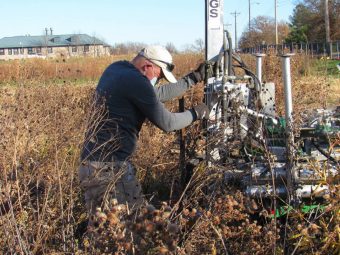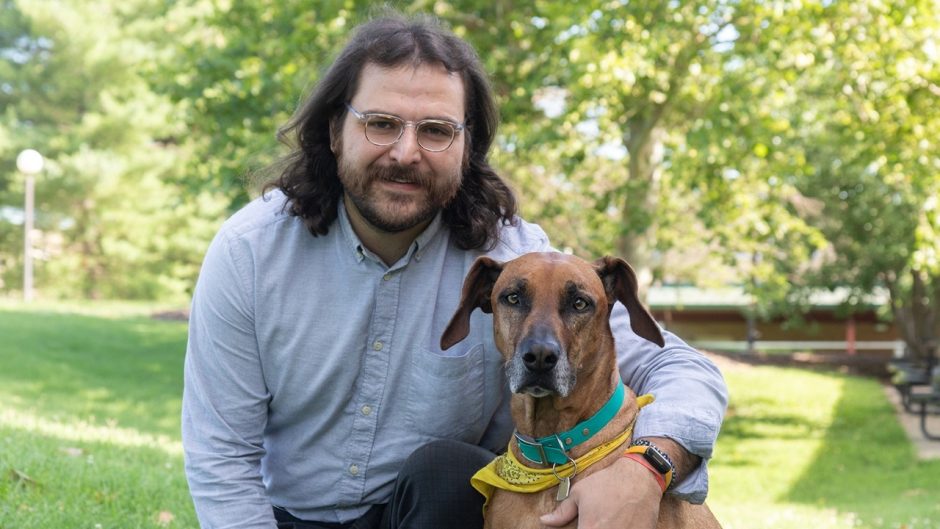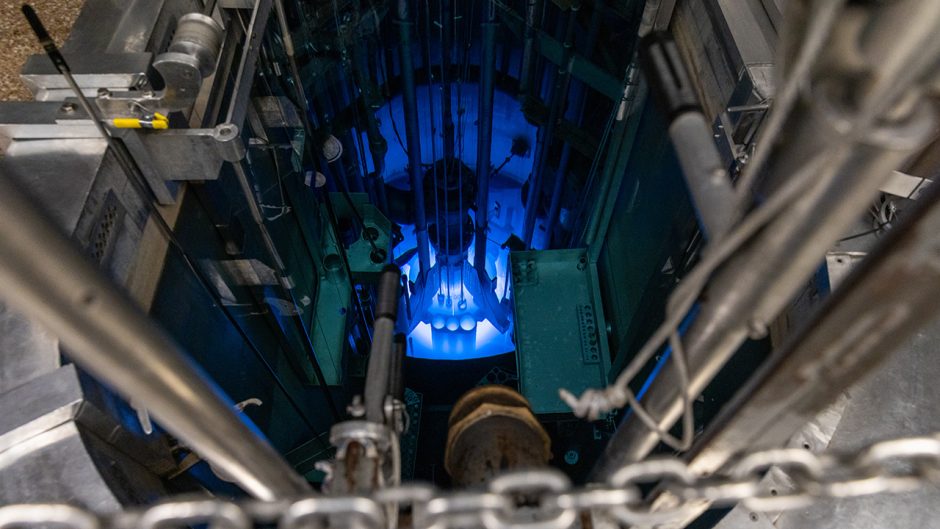Feb. 23, 2021

About every 25 years, researchers at the University of Missouri take and study soil cores at Sanborn Field.
Nearly 30 years after it was established in 1888, researchers at the University of Missouri began the process of taking and studying soil cores at Sanborn Field. About every 25 years, those cores are taken again to gain an understanding of the changes in the soil over time, given the variety of treatments and rotations that occur each year.
It’s been more than 30 years since the soil cores have last been studied. Tim Reinbott, director of Sanborn Field, worked throughout 2020 to secure funding and was able to put together a team of partners who removed the cores in November 2020.
“Long-term research of this nature is really important, as it gives us some really good insights into soil changes over an extended period of time,” said Reinbott, who is also the assistant director of the University of Missouri College of Agriculture, Food and Natural Resources (CAFNR) Agricultural Experiment Station. “Sanborn Field is so historic, and I’m happy to be able to continue this research.”
Multiple groups assisted with supporting the project financially as well as providing people to assist. Having such a big pool of partners also led to excellent learning opportunities for students. Several CAFNR professors brought their classes out to be a part of the extraction process.
“There were so many great teaching moments throughout the week,” Reinbott said. “Since we go four feet deep, you get a great look at the soil horizons. You can learn so much from studying those horizons, and our students benefitted from getting to dive deeper into viewing those cores.”
The soil cores also showed very subtle soil erosion that has occurred over the past 30 years. “This is just the tip of the iceberg for a lot more analysis than we’ve ever had before,” Reinbott said.
Read more from the College of Agriculture, Food and Natural Resources



![062625_CEI Aerial View_email-cropped[29] (1)](https://showme.missouri.edu/wp-content/uploads/2025/06/062625_CEI-Aerial-View_email-cropped29-1-940x529.jpg)
